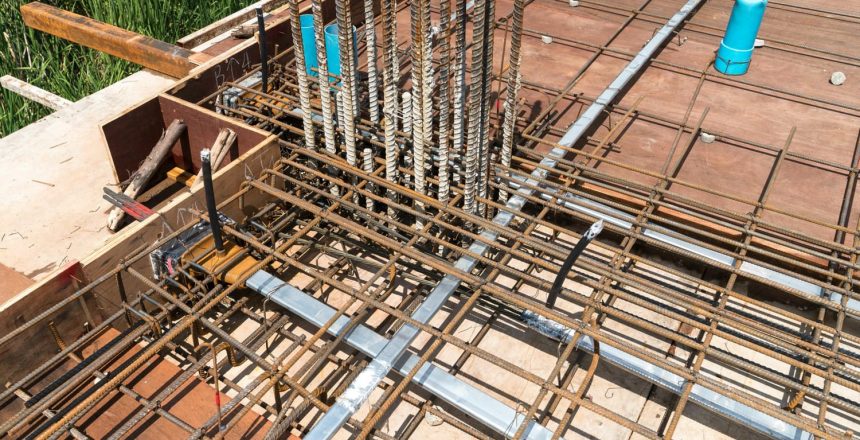There are many ways to repair or replace concrete, but sometimes the concrete used needs to be a little more reinforced. One such method is through post-tensioning concrete, which is a method that has been around for decades. The idea behind post-tensioned concrete is using steel cables before the concrete is poured.
Post-tension is just another way of saying pre-stressing. By pre-stressing steel, either by being pulled or tensioned, you can reduce or even eliminate shrinkage cracking. That means fewer joints, or even no joints at all, are needed during construction. Plus, if any cracks do form, they will still be held tightly together.
Using the method of post-tensioning in your applications comes with many advantages. By post-tensioning instead of using standard reinforced steel, it allows slabs or other structural areas to be thinner, and those slabs can even be built on softer soil.
As building materials have gotten better and construction methods improved efficiency, post-tensioning is gaining in popularity when it comes to applications. One of those most common applications is in areas where soils are more likely to move, which is a common occurrence in areas of the American southwest. However, you are most likely to see post-tensioning used in making crack-free tennis courts.
Early in the process of post-tensioning, the cables are arranged by the engineer and run through the middle of the slab. Commercial foundations will use more steel than a residential construction, and in either scenario the steel can be easily routed around obstructions. The steel isn’t stressed until concrete has set long enough to gain about 2,000 psi.
To tense the steel, the strands are first anchored to pockets at the edge of the slab. A steel strand that is about 50 feet long can be stressed to stretch another 4 inches, which applies nearly 33,000 pounds of load. After stressing, the tendon is cut off and the pockets with anchors are filled with grout.
Just as there are advantages to using post-tensioning in construction, there are plenty of benefits that come with choosing post-tensioning in building projects. The main benefit is discovering the cost savings that are associated with the process. Because post-tensioned floors can be thinner, not as much concrete needs to be used. Also, construction can be finished quicker, not only because less concrete and steel can be used, but this allows other tradespeople to get to work on the building sooner.
Last, used post-tensioned concrete is sustainable. The efficiency associated with using fewer materials and completing the job in less time contributes to fewer greenhouse gas emissions, and the environmental impact is minimized all throughout the building’s lifetime.
DC Byers Company/Grand Rapids is widely known for its expertise in the repair of post-tensioned, reinforced concrete construction. This relatively new technique is primarily used, but not limited to, the initial construction or subsequent reconditioning of parking structures. The process is complex and demands extensive quality control measures.
To get a quote on any of your concrete repair or restoration needs, call DC Byers Company/Grand Rapids today at (616) 538-7300. Our experience and expertise allow us to assess the damage correctly and plan how to perform the repairs to allow you to use your space properly.
For concrete restoration and repair, DC Byers Company/Grand Rapids looks at all the factors contributing to the deterioration of the concrete. By understanding the underlying problems, we can start working on the most satisfying and cost-effective solutions.
